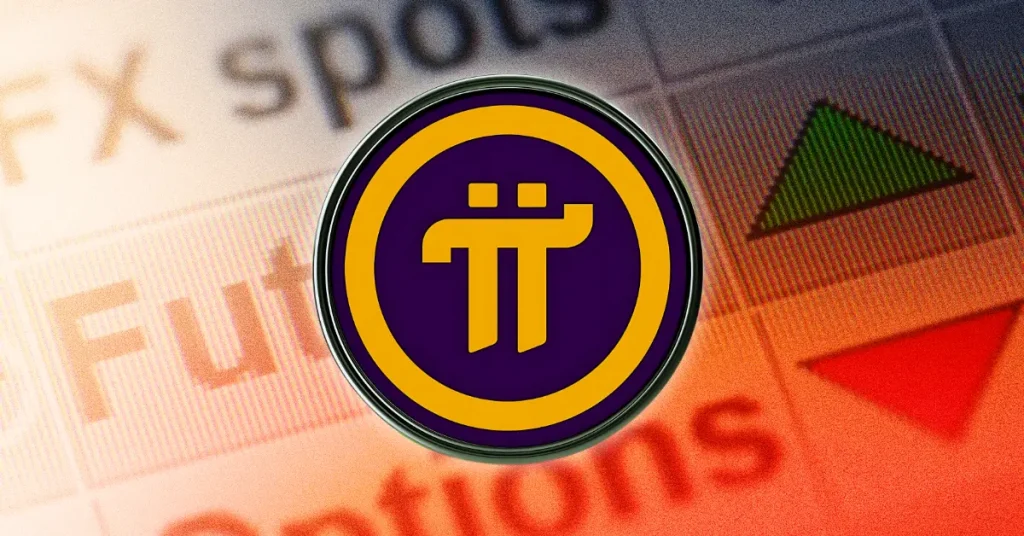
The post Pi Network News Today: New DApps, New Momentum: Pi Network Gears Up Ahead of Consensus 2025 appeared first on Coinpedia Fintech News
With Consensus 2025 just weeks away, new Pi Core Team (PCT) updates are drawing attention from the Pi Network community. The team has officially approved a new decentralized app (DApp) called Fruity Pi, and according to community member DR Altcoin, DApps and long-awaited KYB approvals might speed up.
What is Fruity Pi?
Fruity Pi is a puzzle game where players match fruits and earn rewards. Users can also link their Pi wallets and spend Pi tokens in the game. The Pi Core Team has given it a purple check mark, which means the app has been reviewed and approved.
This approval is a big step, as only verified apps are allowed to fully launch and grow within the Pi ecosystem. DR Altcoin believes this move could speed up other pending approvals and finally kickstart delayed KYB (Know Your Business) checks—an important requirement for businesses to launch services on Pi.
Major Pi Network Announcement During Consensus 2025 Event?
These updates are happening just before the major Consensus 2025 summit in Toronto. This is one of the biggest events in the crypto space, and many expect the Pi Core Team to be present. With a new DApp approved and a possible wave of more approvals coming, Pi Network might be preparing to show its progress on a global stage.
Pi Coin Exchange listing Fading
Despite recent progress in the Pi ecosystem, Pi Coin is still facing problems getting listed on major exchanges. HTX was the first to list Pi after its mainnet launch in February 2025, but later removed it. Now, crypto payment service Banxa has also stopped supporting Pi Coin.
Even BitMart, which once supported Pi, has paused trading for more than a month, waiting for KYB approvals before moving forward with the 1:1 Pi swap. Meanwhile, top exchanges like Binance and Coinbase have not shown any signs of supporting Pi Coin.
Pi coin Price Analysis
Pi Coin is facing increasing bearish sentiment, despite the overall crypto market doing well. Pi Coin price today is trading at $0.65. It has stayed in a tight range between $0.60 and $0.68 over the past two weeks. While there’s been a small price increase in the last 24 hours, the RSI (Relative Strength Index) has dropped below 50, suggesting there’s still pressure on the price.
FAQ
Yes, Fruity Pi allows players to link their Pi wallets, earn rewards, and spend Pi tokens within the game.
With Consensus 2025 approaching, the Pi Core Team may reveal new DApp approvals, KYB updates, and ecosystem progress.
There’s no official timeline yet. Exchange listings likely depend on KYB approvals and Pi Network’s mainnet readiness.
Pi Coin is still in early development with limited exchange access, so it’s best to watch for updates before making a move.








